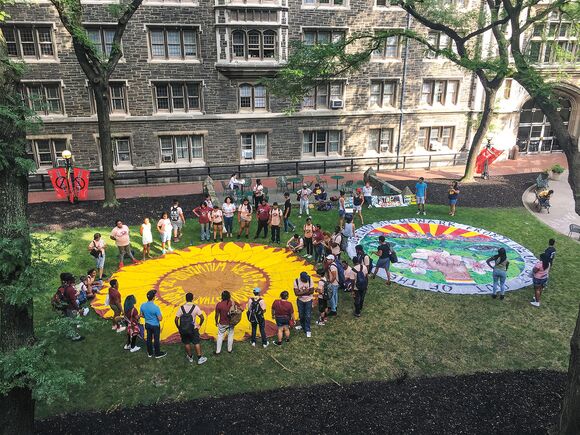
Our third tip for successful collaboration, from the book Tools to Save Our Home Planet, published by Patagonia.
Revisit Tip #2 here
Tip #3 - Balance Group Needs With Individual Needs
Collaboration brings together groups that have their own unique perspectives and needs. Groups come to a collaboration with self-interest and a desire for supporting the collective goals. Being direct about this tension strengthens the collaboration.
Statewide environmental advocacy coalition, participant observation:
“Our biggest obstacle was fear – fear that we would create our own competition, or that some group would win or lose. We dealt with that by naming the fears. People disclosed: ‘We’re afraid that someone will take the money or resources, or we won’t get the credit.’ Those are real fears. We ran straight into the face of the fears and figured it out.”
Effective leadership embraces the line between what the full collaboration must focus on and what the self-interest and needs of collaboration members are. Self-interest for participating groups is what sparks their engagement, as well as their contributions of time and resources. Harnessing self-interest or redirecting it helps create focused and energized work.
At ICL, we coined a phrase for this natural tension: the “give and get ratio.” We often encourage collaborations to regularly examine this ratio, since individuals and groups that are getting their interests met are more engaged. If a member’s self-interested “get” is met, they tend to “give” and provide more time, energy, and resources toward the collaboration’s collective efforts.
As the collaboration defines its focus, there may be times when it’s helpful for the collaboration’s leadership to do the following:
- Be clear about which interests of a group can, or cannot, be met within the collaboration.
- Allow space for smaller groups within the collaboration to pursue specific interests or strategies where there is energy or interest bubbling up.
- Remind participating groups that part of their “give” for the greater good might also include giving something up, such as full credit, media presence, control over strategy, and so on.
Actions to Address Tension:
- Invite participants to talk about their “give” and desired “get” for the collaboration’s work.
- Remember and engage both the individual and organization in the collaboration: What is each person’s personal “give and get,” and what is the organization’s “give and get”?
Want to read more of the Seven Tips for Collaboration? Sign up for our email list to get access!
